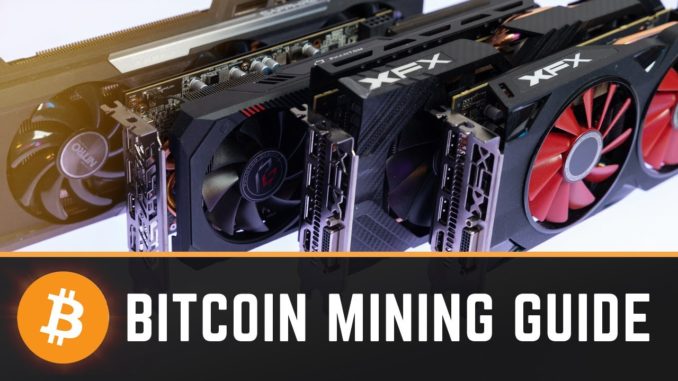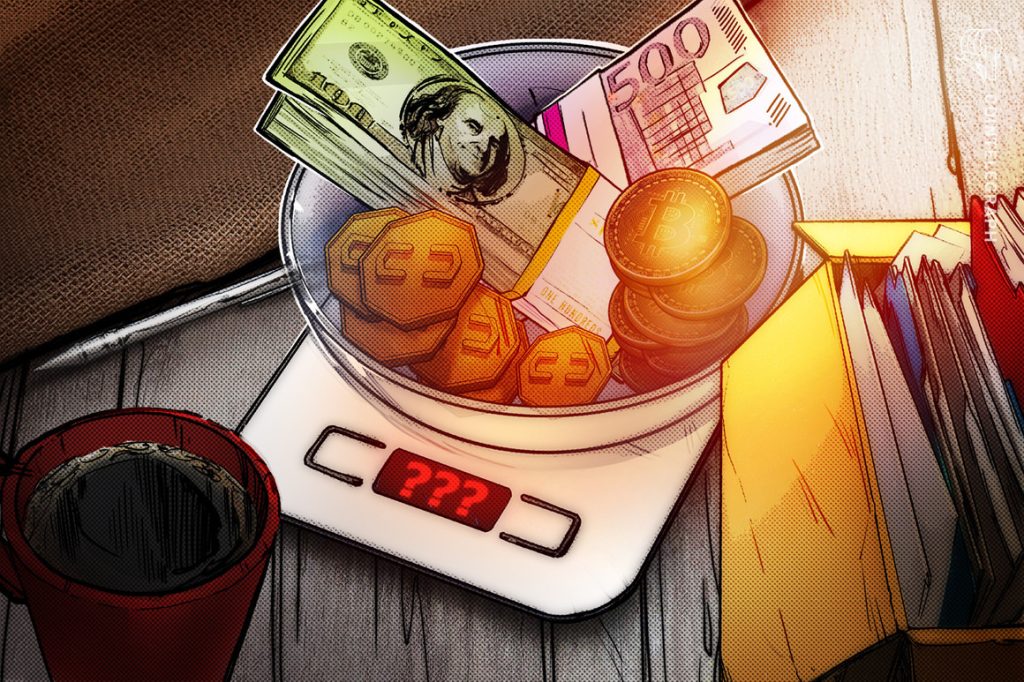Bitcoin was created to give the average person a peer-to-peer economic system and a store of wealth asset that could provide financial autonomy and access to banking, especially for people living in places where financial services are sparse or non-existent.
In the last five years, there have been a number of blockchain projects that aim to mirror Bitcoin’s original mission and the growing popularity of stablecoins further highlights the need for alternative financial models. One project that is beginning to see a bit of momentum is Reserve Rights (RSR), a dual-token stablecoin platform comprised of the asset-backed Reserve Stablecoin (RSV) and the RSR token which helps to keep the price of RSV stable through a system of arbitrage opportunities.
Data from Cointelegraph Markets Pro and TradingView shows that while the price of RSR has been beaten down along with the wider market over the past few months, the token has recently seen an uptick in trading volume which suggests a possible revival could be underway.

Three reasons for the increase in demand for the RSR token include the upcoming launch of the Reserve Rights mainnet, anticipation for token staking and the ability of RSV to maintain its peg during the recent market-wide volatility.
RSR mainnet launch
The biggest upcoming development for Reserve Rights that has its community excited is its August launch its mainnet.
Following the launch of Reserve Rights on the Ethereum (ETH) mainnet, the full capabilities of the protocol will be enabled including the ability for anyone to create stablecoins backed by baskets of ERC-20 tokens.
Along with being fully collateralized, stablecoins on the protocol (RTokens )can be insured as a way to help protect against collateral devaluation. RTokens are also able to generate revenue for their holders, which is the incentive for RSR holders to stake their RSR on a specific RToken.
Revenue for token holders comes from transaction fees, revenue shares with collateral token issuers and the yields from lending collateral tokens on-chain.
RSR staking
RSR’s mainnet launch will also activate token staking. For most staking protocols that exist today, the main function is to lock tokens in a smart contract which prevents a holder from selling, but it doesn’t really have any additional function for the ecosystem.
Once the full Reserve Protocol has launched on Ethereum mainnet, Reserve Rights (RSR) holders will be able to stake their tokens, thereby insuring & governing the network ⚖️
Let us take you through all the details of RSR staking in our latest article https://t.co/hS8rojPo3z
— Reserve (@reserveprotocol) May 2, 2022
Staking on the Reserve Protocol, in contrast, has a practical use for the protocol because pledging RSR tokens to a specific RToken helps to insure that token against collateral defaults. This means that should any of the collateral tokens default, staked RSR can be seized in order for the RToken to maintain its peg.
In exchange for taking this risk, RToken revenue is shared with RSR stakers in order to guarantee sufficient insurance. The yield offered by each RToken will depend on a variety of factors, including the market cap of the RToken, the revenue the token makes, the percentage of the revenue that is shared with RSR stakers and the total amount of RSR staked.
Related: Latin America’s largest digital bank will allocate 1% to BTC, offer crypto investment services
A growing community and successful stablecoin
A third factor bringing a boost to RSR is the continued growth of its community and the ability for its RSV stabelcoin to maintain its peg amid the recent market volatility.
During the height of the volatility in May when TerraUSD Classic (USTC) was collapsing, the lowest price RSV hit was $0.9923. That means that RSV held up better than a majority of stablecoins in the market.

Along with RSV maintaining its peg, the Reserve Rights community also recently surpassed 600,000 users on the Reserve app, which now provides access to more than 18,000 merchants across Latin America who accept RSV and process a monthly volume in excess of $100 million.
The team behind the protocol is also currently working on adding support for users in Mexico, which has the potential to initiate the onboarding of a new cohort of RSV users.
The views and opinions expressed here are solely those of the author and do not necessarily reflect the views of Cointelegraph.com. Every investment and trading move involves risk, you should conduct your own research when making a decision.





